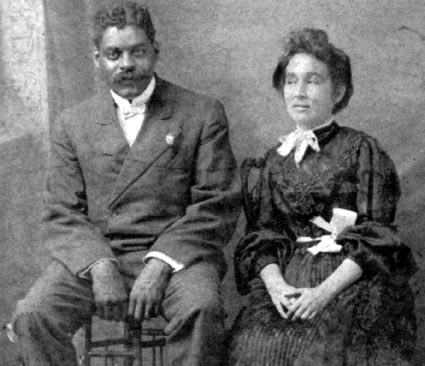On This Day in History, January 24: A Pioneer of Black History

arthur%20Schomburg.jpg
When Arthur Schomburg and his family lived in a rowhouse at 105 Kosciusko St. in Brooklyn, one of his sons described the state of the house: “There were books from the cellar to the top floor, in every room, including the bathroom.”
When Schomburg moved to New York from Puerto Rico at the age of 17, he was stung by the remark of a teacher who told him that “Negroes have no history.” That prompted the young black man to dedicate his life to proving the teacher wrong.
Arthur (Arturo) Schomburg was born in San Juan, PR, on Jan. 24, 1874, to a mother from St. Croix, Virgin Islands, with African roots, and a white father with German roots. He was educated in Puerto Rico and the Virgin Islands.